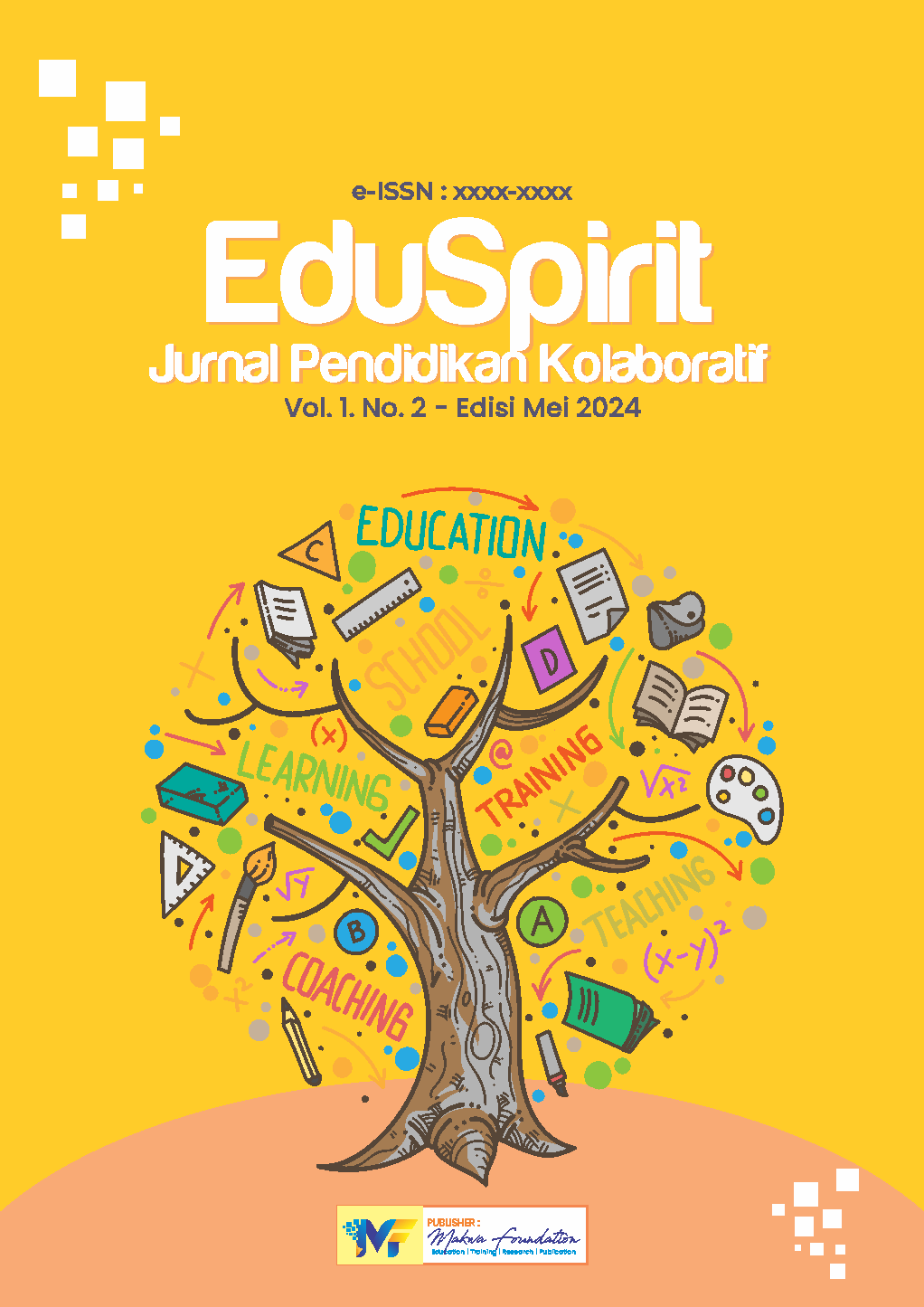Pemanfaatan Media Komik Digital dalam Pembelajaran Sejarah di MI Negeri 44 Pidie
Keywords:
Komik Digital, Pembelajaran Sejarah, Media InteraktifAbstract
History learning is often considered uninteresting by students because the teaching methods tend to be narrative and monotonous. This has an impact on students' low interest and understanding of historical material. To overcome this problem, innovation is needed in the use of more interactive learning media, one of which is digital comics. Digital comics offer high visual appeal and are able to present material in a more interesting, contextual, and easy to understand manner. This study aims to analyse the effectiveness of using digital comics in improving students' understanding of history material at MIN 44 Pidie. This research uses the Classroom Action Research (PTK) method with the Kemmis and McTaggart model, which consists of four main stages: planning, implementation, observation, and reflection. The research subjects were fifth grade students of MIN 44 Pidie, with data collected through observation, interviews, questionnaires, and comprehension tests before and after the use of digital comics. The results showed that the use of digital comics had a positive impact on student understanding. Students became more active in learning, more interested in historical material, and showed improvement in understanding historical concepts. In addition, digital comics also increase students' learning motivation and encourage them to read more and discuss. Although there are challenges in its implementation, such as limited access to technology and teachers' skills in integrating digital media, these obstacles can be overcome with school support and training for teachers. Overall, this study shows that the use of digital comics is an innovative learning strategy that is effective in increasing students' understanding and interest in history. Therefore, this method is recommended to be applied in history learning in primary schools to create a more interesting and meaningful learning experience
References
Arikunto, S. (2010). Prosedur Penelitian: Suatu Pendekatan Praktik (9th ed.). Rineka Cipta.
Bloom, B. S. (1956). Taxonomy of Educational Objectives: The Classification of Educational Goals. Longmans, Green.
Gagne, R. M. (1985). The Conditions of Learning and Theory of Instruction (4th ed.). Holt, Rinehart and Winston.
Lewin, K. (1946). Action research and minority problems. Journal of Social Issues, 2(4), 34–46.
Mayer, R. E. (2009). Multimedia learning (2nd ed.). Cambridge University Press.
Piaget, J. (1973). To Understand is to Invent: The Future of Education. Viking Press.
Slavin, R. E. (1994). Educational Psychology: Theory and Practice (6th ed.). Allyn & Bacon.
Sudjana, N. (2005). Metode Statistika (6th ed.). Tarsito.
Sugiyono. (2013). Metode Penelitian Pendidikan Pendekatan Kuantitatif, Kualitatif, dan R&D (Edisi Ke-18). Alfabeta.
Vygotsky, L. S. (1978). Mind in Society: The Development of Higher Psychological Processes. Harvard University Press.



